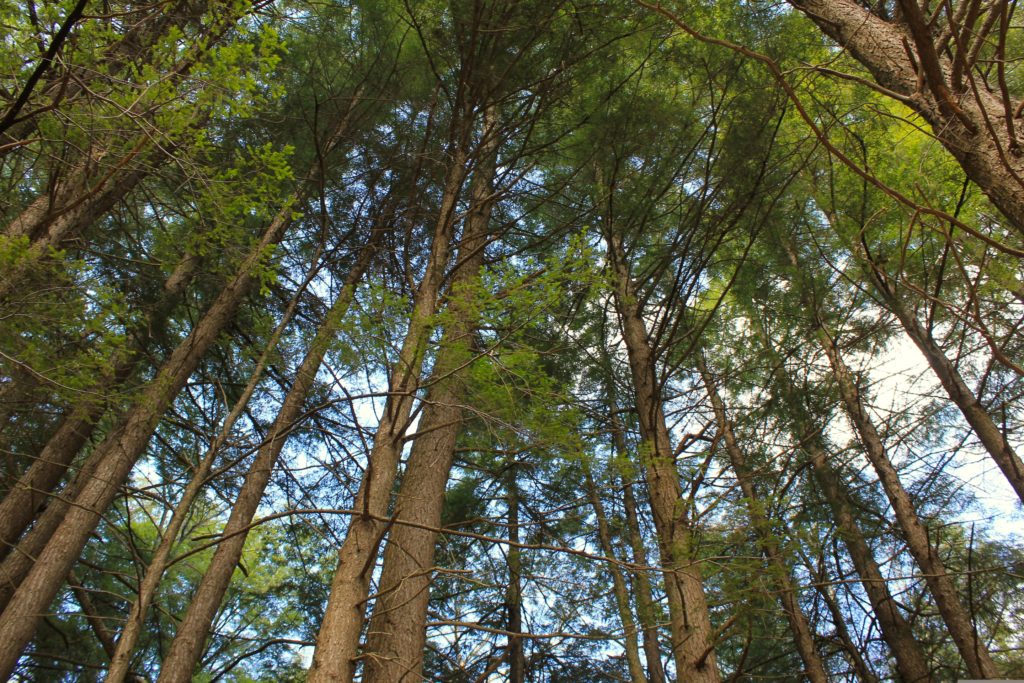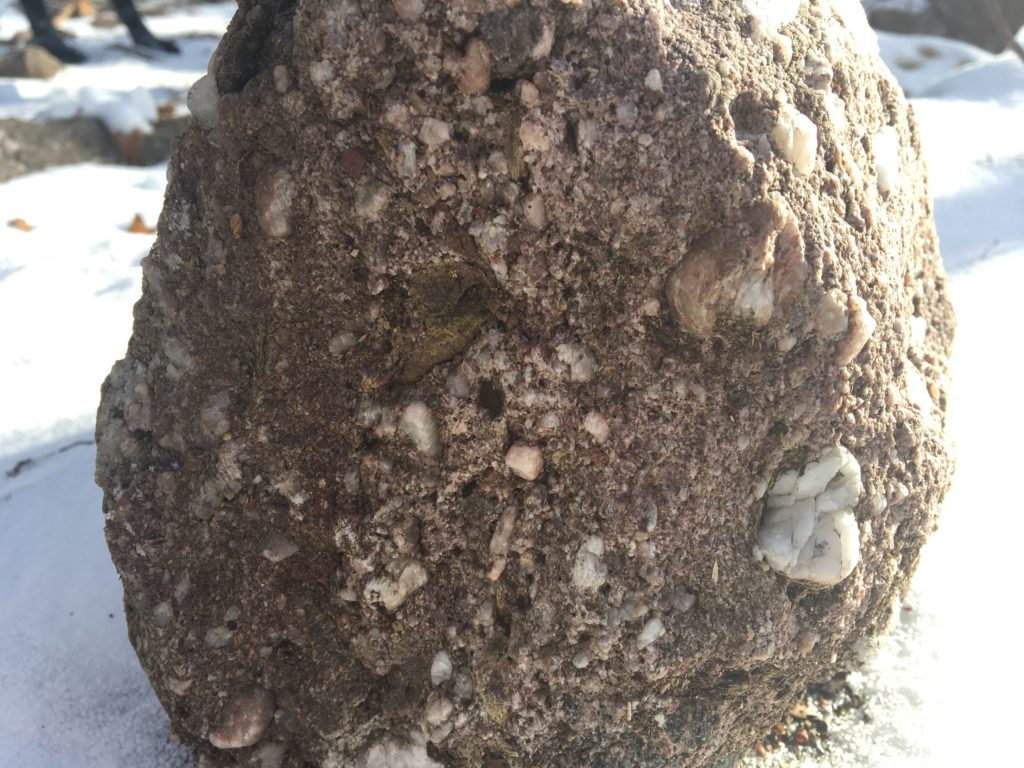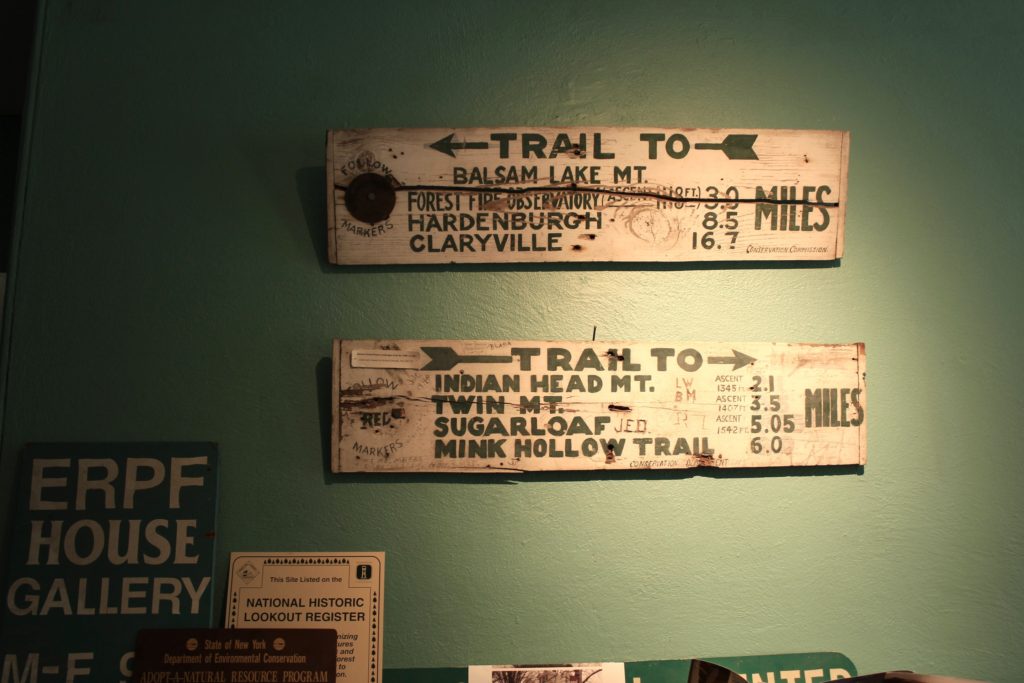Catskills’ Writer and naturalist John Burroughs (1837-1921) called hemlock forests “…dark, sheltered retreats” and there is an earthy stillness in a hemlock forest that’s incomparable with the rest of the rocky Catskills forest. The trees are tall, majestic statesmen, all going in the same direction, unwavering in their straightness, like woodland sentries guarding over life below them. Hemlock forest floors are a thick, bouncy carpet made of billions of hemlock needles which seems to absorb all the sound, and the bark is a rich brown that soaks up the light. On bright, cloudless, sun-filled days, beams of sunlight break through the hemlock canopy like flashlights pointing from above into the tranquil haven. The smell is intoxicating.
“Their history is of a heroic cast,” wrote Burroughs of the hemlocks. “Ravished and torn by the tanner in his thirst for bark, preyed upon by the lumberman, assaulted and beaten back by the settler, still their spirit has never been broken, their energies never paralyzed.”
Here in the Catskills, again the hemlocks are under attack due to the long march of the Hemlock Wooly Adelgid, a pest that has been ravaging our local population of hemlocks since the 1980s. Signs that your hemlocks are under attack are pretty obvious. If you observe a thick, white foam on the underside of the hemlock leaves, you should send an email to: [email protected] who works with CRISP, the Catskills Regional Invasive Species Prevention project run by the Catskill Center that is now using biological methods to counter the pests. Continue reading



